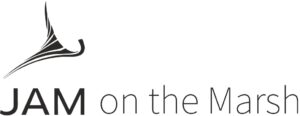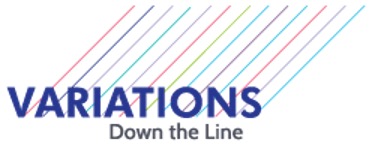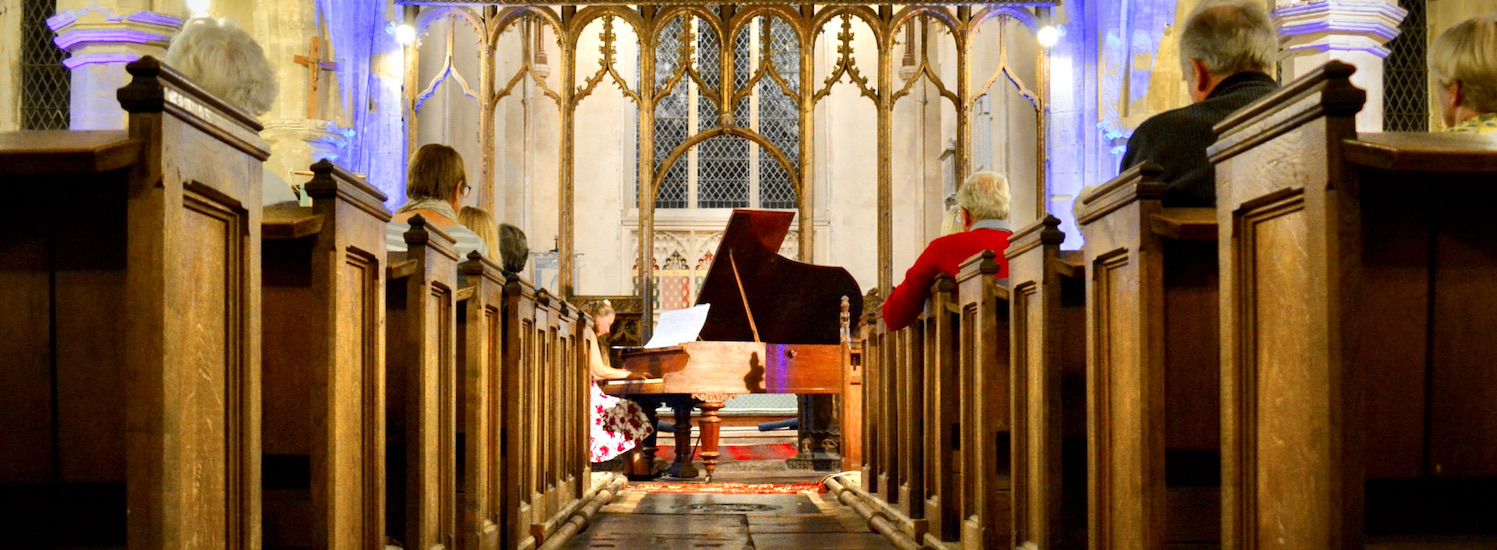
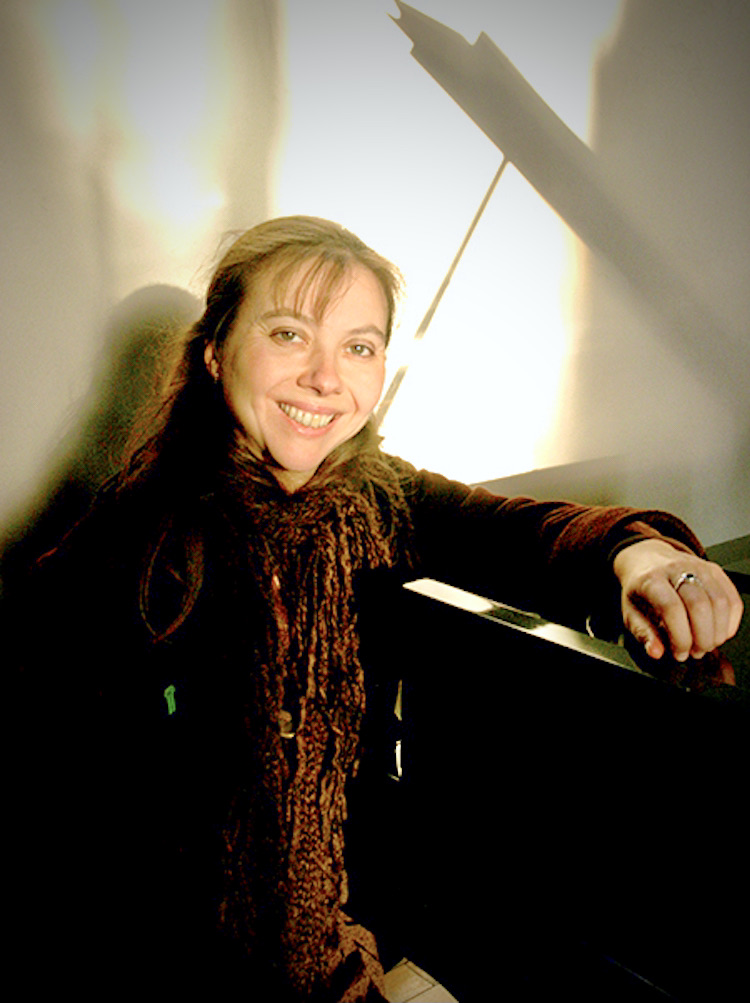
RACHEL FRYER, piano
Bach’s Goldberg Variations / Variations Down the Line
Saturday 25th September 2021, 7.30pm,
St. Botolph’s Church, TRUNCH
Goldberg Variations has become an iconic monument in Western music. On one level, it’s simply a beautiful keyboard work, and on another, it’s a Rubik’s Cube of invention and architecture. Pianist Rachel Fryer performed Bach’s epic Goldberg Variations interwoven with 21 century responses written by five acclaimed living composers (Michael Finnissy, Nicola Lefanu, Alison Kay, Samuel Becker and Julian Broughton).
Rachel Fryer is a sensitive piano player who is known as much for the depth of her musical understanding as her virtuosity. She studied in the Royal Scottish Academy of Music and Drama and The Royal College of Music, where she was awarded a Masters Degree in Advanced Performance. Rachel Fryer is equally at home as a soloist, with an orchestra or as an accompanist and has given recitals throughout the UK, including at Croydon’s Fairfield Hall and as part of ‘Live Music Now!’. Her recordings have been broadcast on Classic FM and on European radio and television and she is Visiting Lecturer in Piano Studies for the East Sussex Academy of Music.
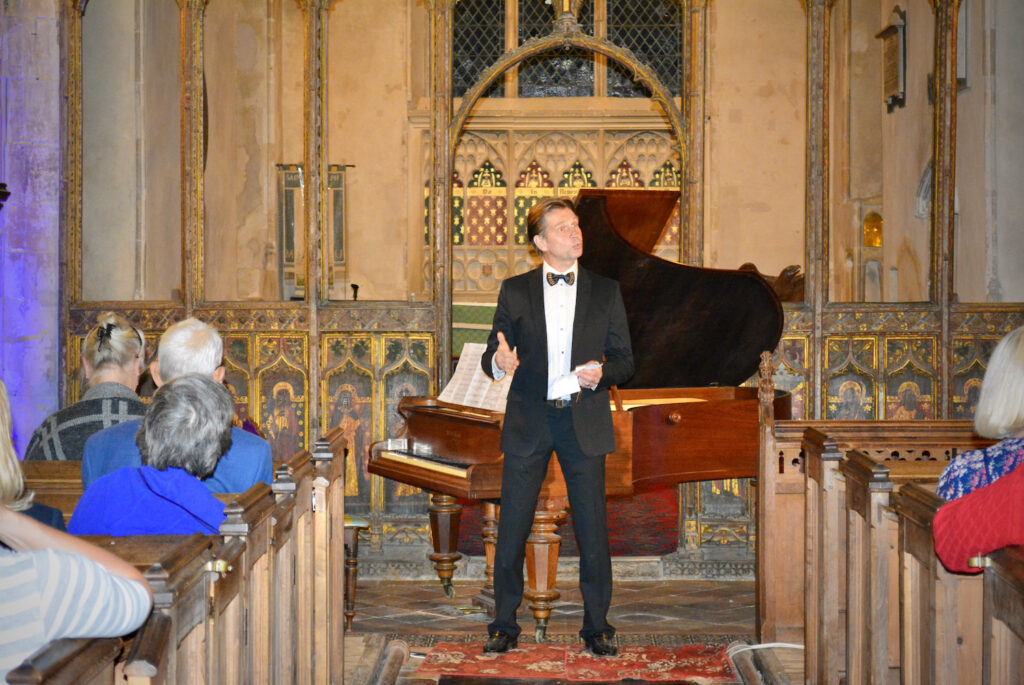
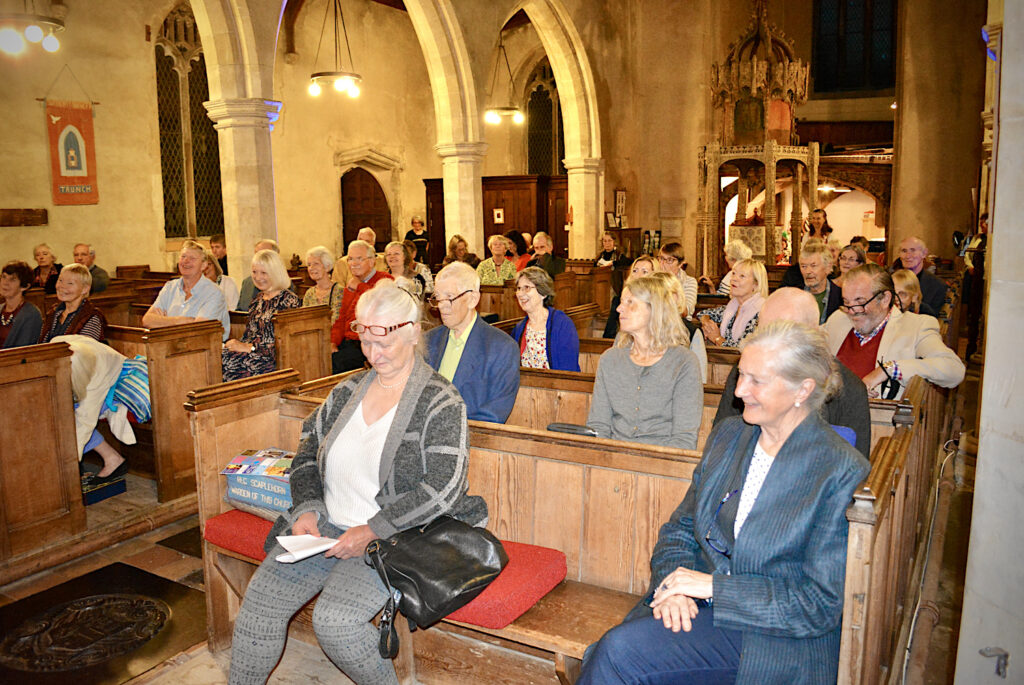
PROGRAMME
Goldberg Variations BWV 988 (1741)
J.S. Bach (1685-1750)
Aria
Variation 1. For 1 keyboard
Variation 2. For 1 keyboard
Variation 3. Canone all’ Unisuono. For 1 keyboard
Variation 4. For 1 keyboard
Variation 5. For 1 or 2 keyboards
Variation 6. Canone alla Seconda. For 1 keyboard
Variations Down the Line Nos. 1-3
Samuel Becker
1. Lento Maestoso
2. Toccata
3. Canon
J.S. Bach Variation 7. For 1 or 2 keyboards. Al tempo di Giga
Variation 8. For 2 keyboards
Variation 9. Canone alla Terza. For 1 keyboard
Variation 10. Fugetta for 1 keyboard
Variation 11. For 2 keyboards
Variation 12. Canone alla Quarta. For 1 keyboard
Variations Down the Line Nos. 4-6
Julian Broughton
Szenen ‘am Bach’ to Rachel Fryer
1. Sarabande
2. Toccata
3. Canon a 4 / free imitation
J.S. Bach Variation 13. For 2 keyboards
Variation 14. For 2 keyboards
Variation 15. Canone alla Quinta. For 1 keyboard. Andante
INTERVAL
Variation 17. For 2 keyboards
Variations Down the Line Nos. 7-9. Nicola Lefanu
1. Prelude
2. Toccata
3. Canon at the Seventh (two part invention)
J.S. Bach Variation 19. For 1 keyboard
Variation 20. For 2 keyboards
Variation 21. Canone alla Settima. For 1 keyboard
Variations Down the Line Nos. 10-12. Michael Finnissy
‘Extra Goldbergs’ 3 Variations, based on J.S.Bach Nos.19-21
J.S. Bach Variation 23. For 2 keyboards
Variations Down the Line Alison Kay
13 Prayer (based on Aria)
J.S. Bach Variation 24. Canone all’Ottava. For 1 keyboard
Variation 25. For 2 keyboards. Adagio
Variations Down the Line Alison Kay
|14 Toccata based on No. 25
J.S. Bach Variation 26. For 2 keyboards
Variation 27. Canone alla Nona. For 2 keyboards
Variations Down the Line Alison Kay
15 Ghost canon based on No. 27
J.S. Bach Variation 28. For 2 keyboards
Variation 29. For 1 or 2 keyboards
Variation 30. Quodlibet. For 1 keyboard.
Aria
Variations Down the Line was generously commissioned by JAM festival and the Hinrichsen Foundation.
We would also like to thank Sally Bradshaw, Colin McCloskey, Barry Mills, Lluis Nadal Torrens, Sarita Uranovsky and many other people for their support.
Rachel Fryer is now fundraising for the cost of recording the new variations. If you can help please visit https://www.crowdfunder.co.uk/recording-variations-down-the-line
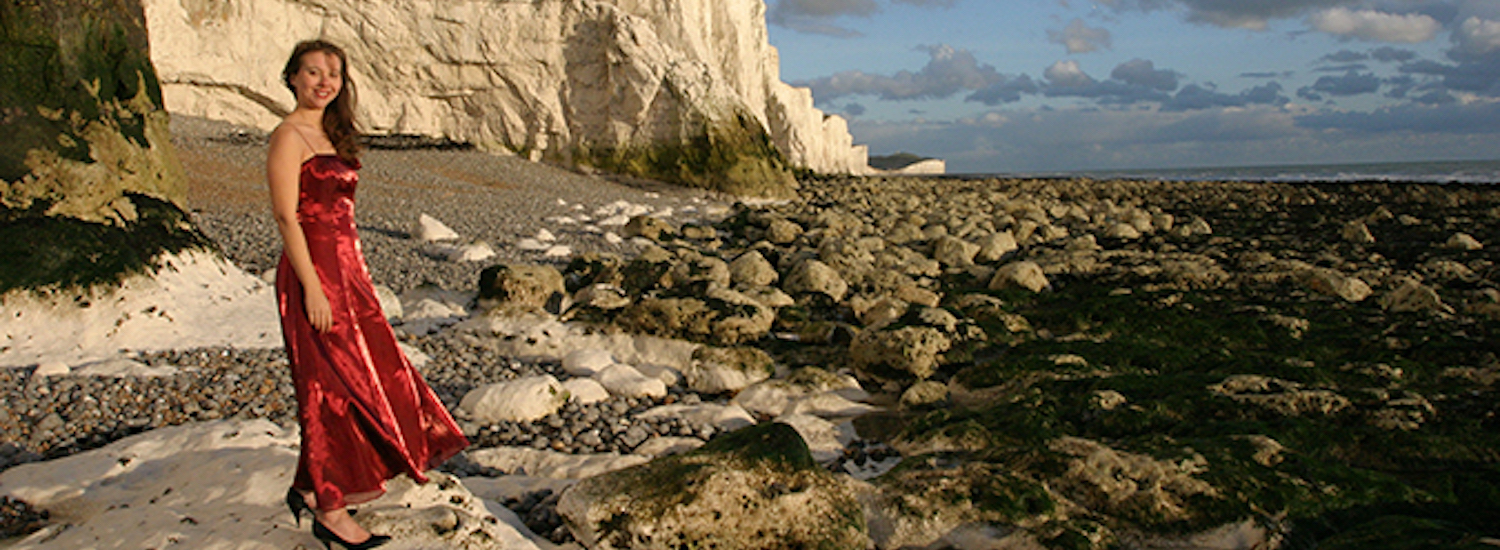
Programme notes from the composers
Samuel Becker: The first variation has the feel of a French Overture (slow dotted rhythms) but as quintuplets. The Toccata is a relentless hammering of semiquavers very loud and marked. At the very beginning three of the lowest keys are held down, so in the small gaps – and at the end – you can hear a faint ringing of harmonics. The canon is a strict canon at the second, with an added bass line (as Bach mostly did in his variations), while still following the chord sequence and bass line exactly. The movement is in the style of a gentle Baroque dance and in 13/8 to give a lilting quality.
Julian Broughton: My first variation is a ‘Sarabande’ – so far, so old-fashioned – but it uses both extremities of the keyboard, and enjoys the harmonics that can be created through careful positioning of the notes and careful use of the pedals. The ‘Toccata’ interrupts itself, and becomes progressively more relaxed in demeanour. The final variation is closer to Bach, thanks to its contrapuntal scrupulousness – most of it is a Canon at the interval of a fourth. However, there are two passages where the tempo suddenly speeds up, and strict canon is abandoned in favour of freer imitation – a lively interruption which I believe enhances the sense of serenity as the variation returns to the manner of its opening.
Michael Finnissy: Michael’s variations are based on a specific set of three, 19-21. The first uses the textures from Bach’s Minuet (variations 19) with complex cross-rhythms. The impish Toccata mimics variations 20 ‘cat-and-mouse’ game, with one part interrupting the other off-the beat to create a de-stabilising effect. The third brings out the intensity of Bach’s no. 21, with a feeling of nostalgia, fragmented ideas creating ‘a memory of making canons’.
Alison Kay: In the Soliloquy there is a modal approach to the aria taking the bones of the melody and applying expansive ornamentation. The Toccata is based on no. 25, all of Bach’s notes are used in the same order and varied via register within a constant rhythm. The slow movement is converted to a fast movement with an altered perception of melody, harmony and rhythm. The Ghost Canon was written at the beginning of lockdown whilst rather unwell. I contained the notes within Bach’s start notes for each bar, ghosting the original, but working with interval within that framework. The piece is designed to be played either very fast and quiet or very slow and quiet. It is introverted, constrained and barely audible.
Nicola LeFanu: My variations follow Bach’s binary structure: 16 bars plus 16 bars, each half repeated. The opening Prelude depends on the resonance of piano harmonics. Bach’s harmonic ground is held silently in the bass while the pianist’s right hand activates the harmonics. The central Toccata is straightforward, though a little capricious, and a study in velocity for the pianist.I composed the canon first, as I love writing canons and rounds. Mine is a canon at the seventh in the manner of a two-part invention. In its second half, I made it also a canon by inversion and consciously expanded the register to be more pianistic.
The performance took place in St. Botolph’s Church in Trunch.
With a licensed bar. Face Masks – all the time, except when you are eating or drinking.
Pre-booking only. Tickets – £15.
Tickets – by phone 01692 402 624 or from Trunch Corner Stores (t.01263 722072).
All proceeds are donated to Trunch and Swafield Church restoration projects.
